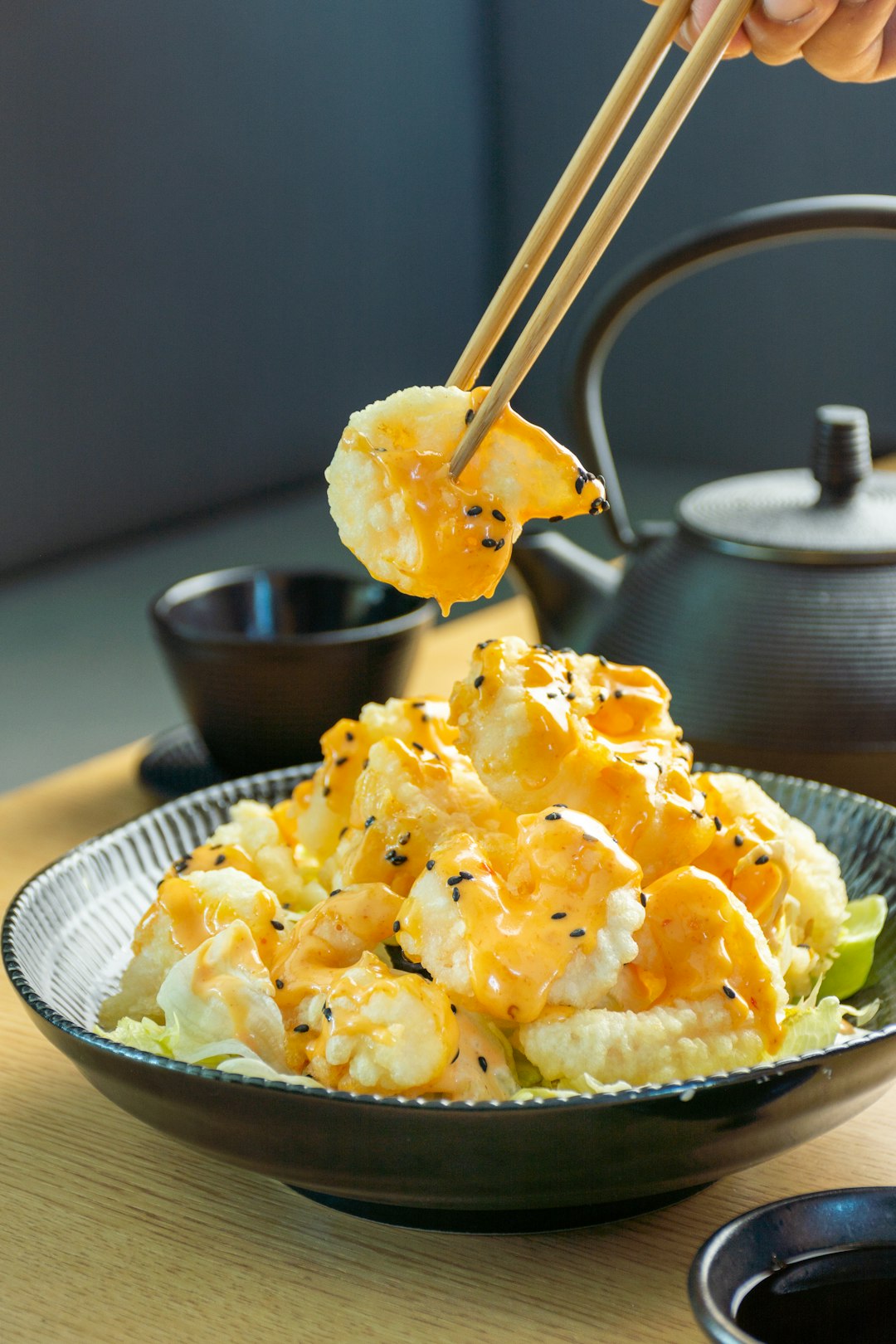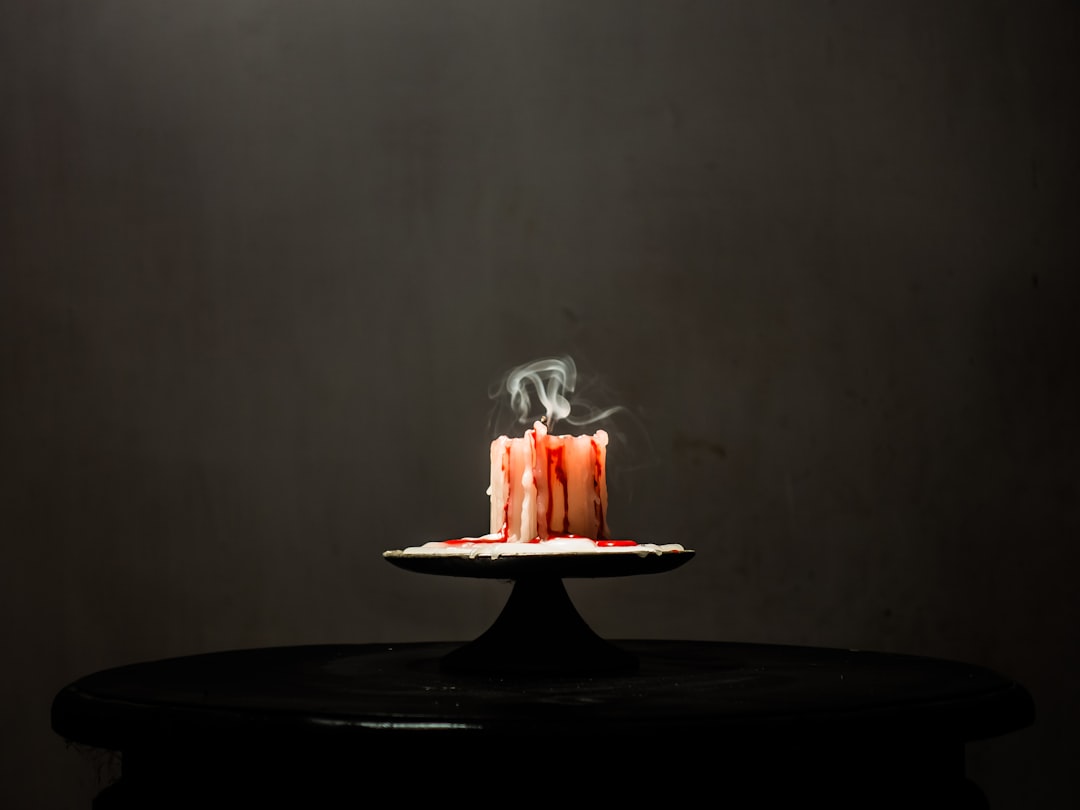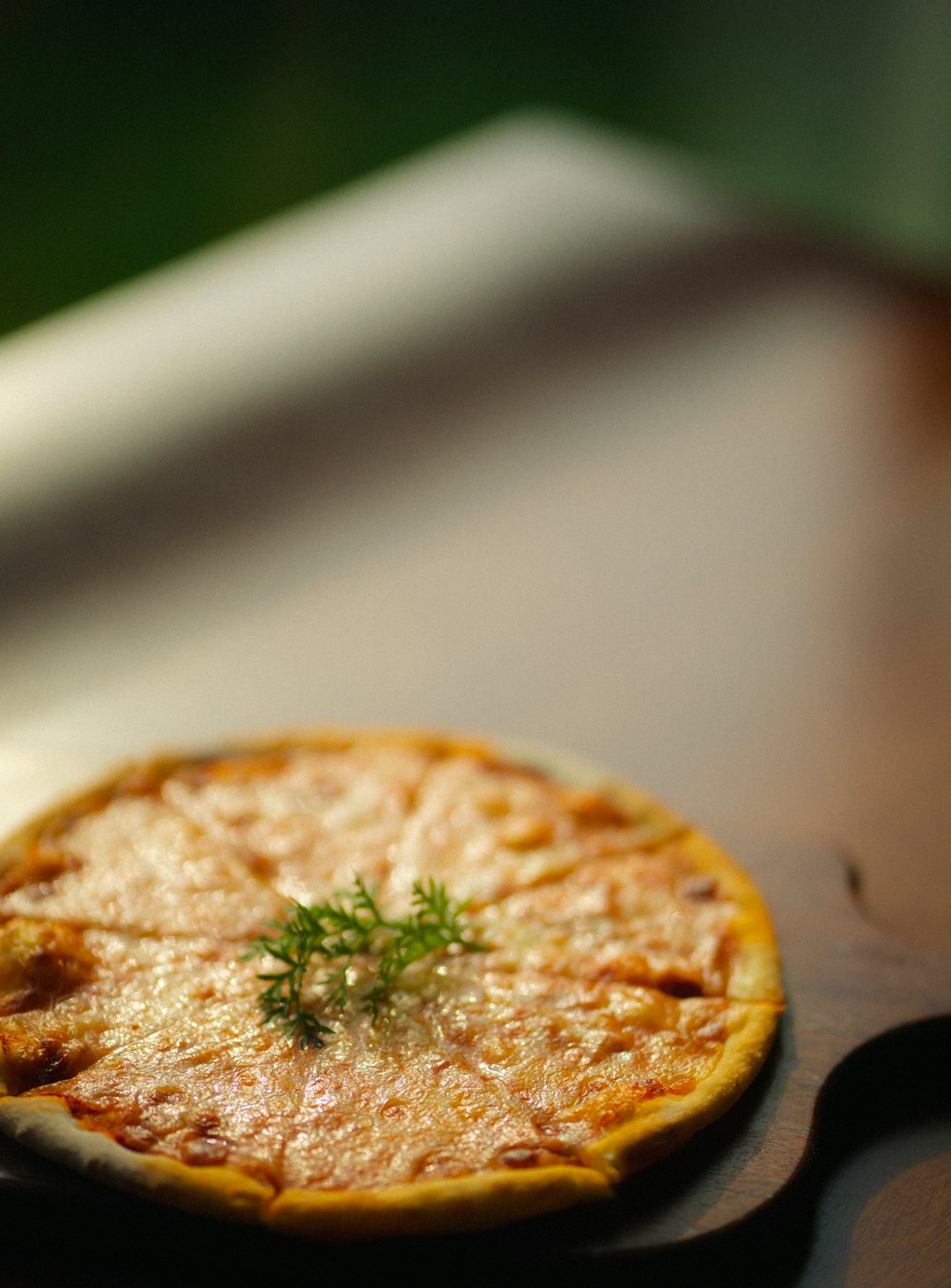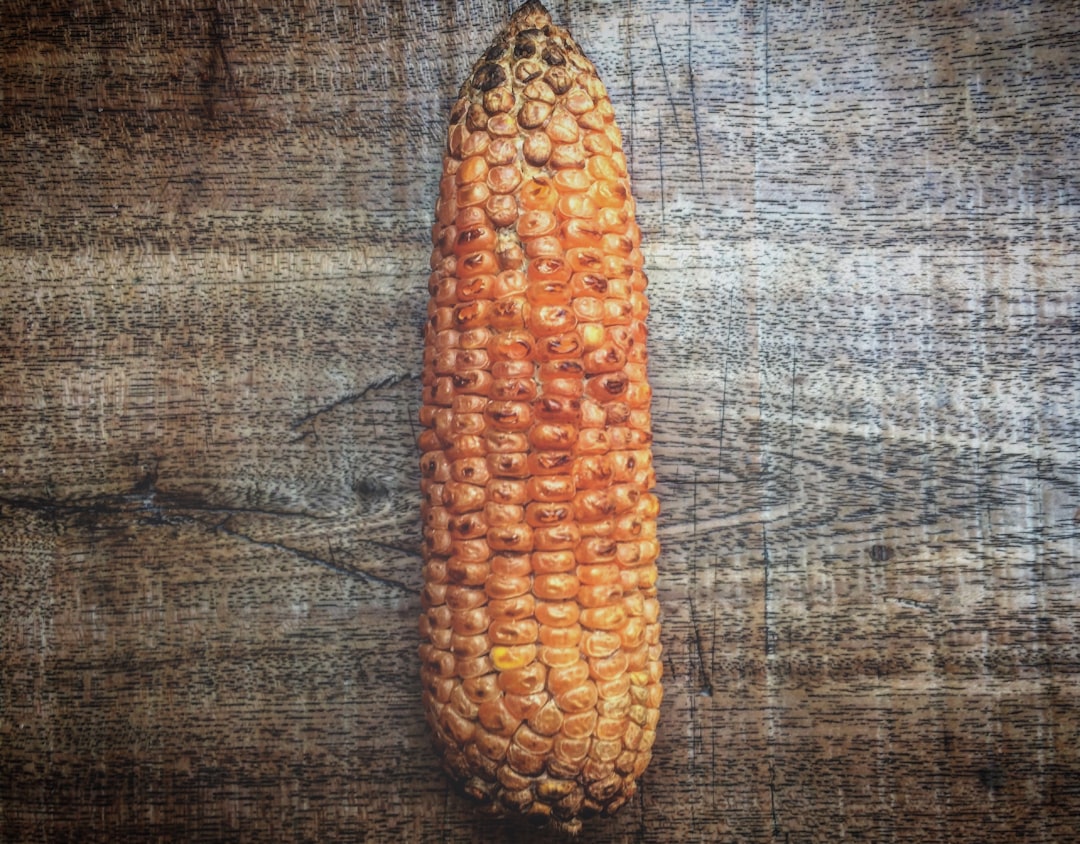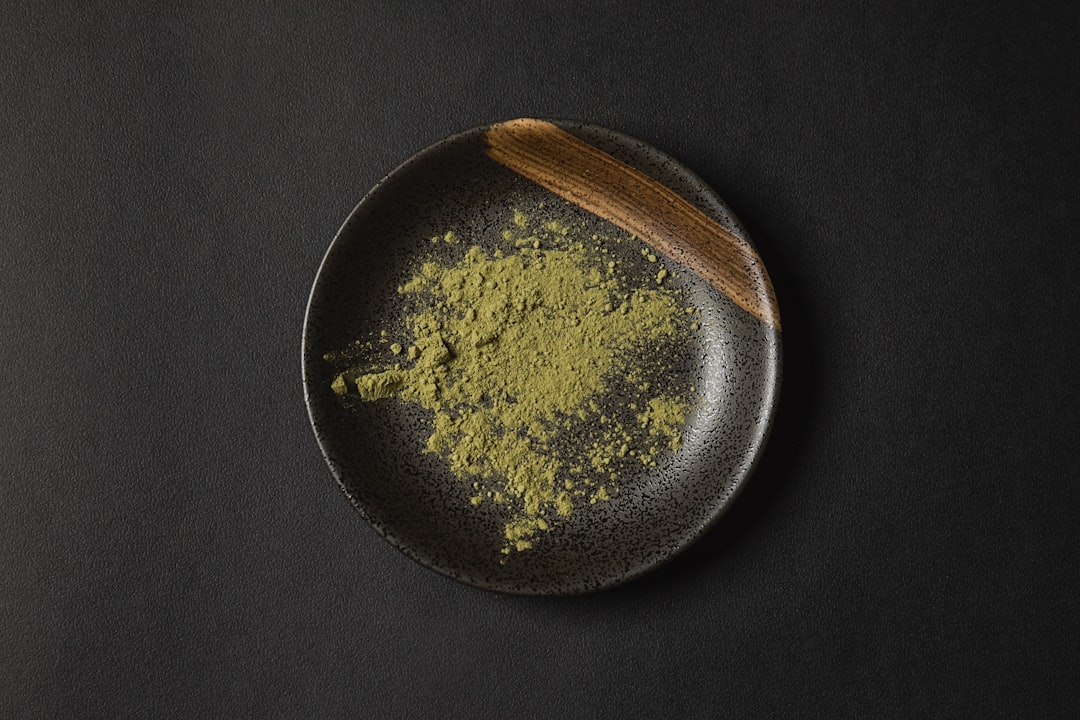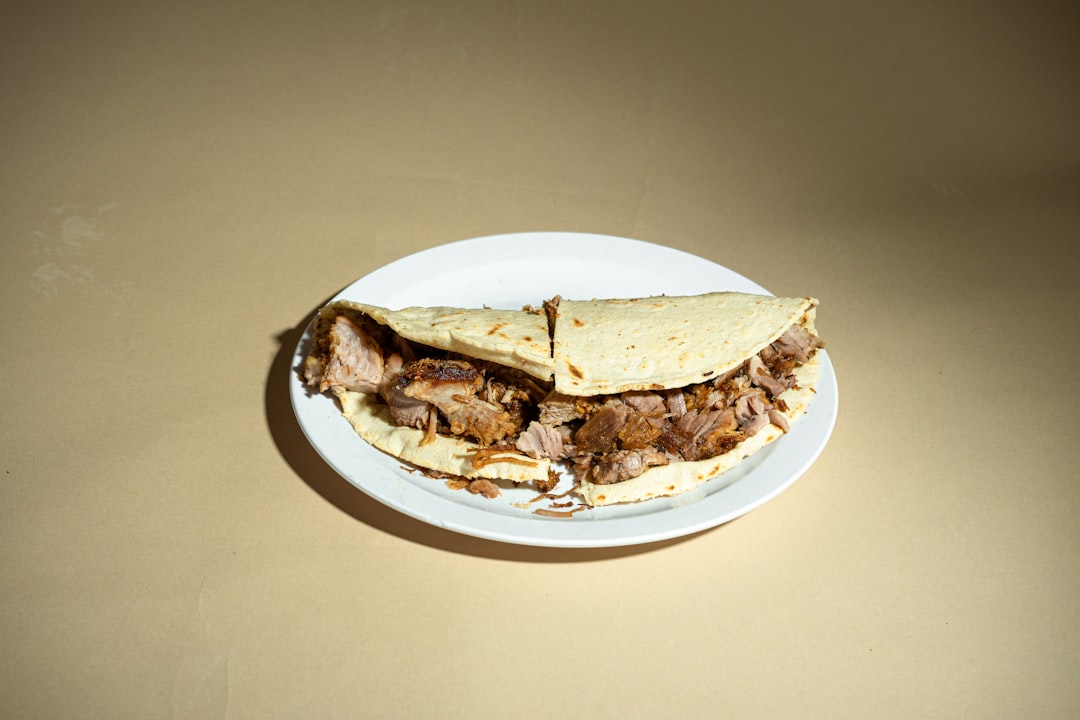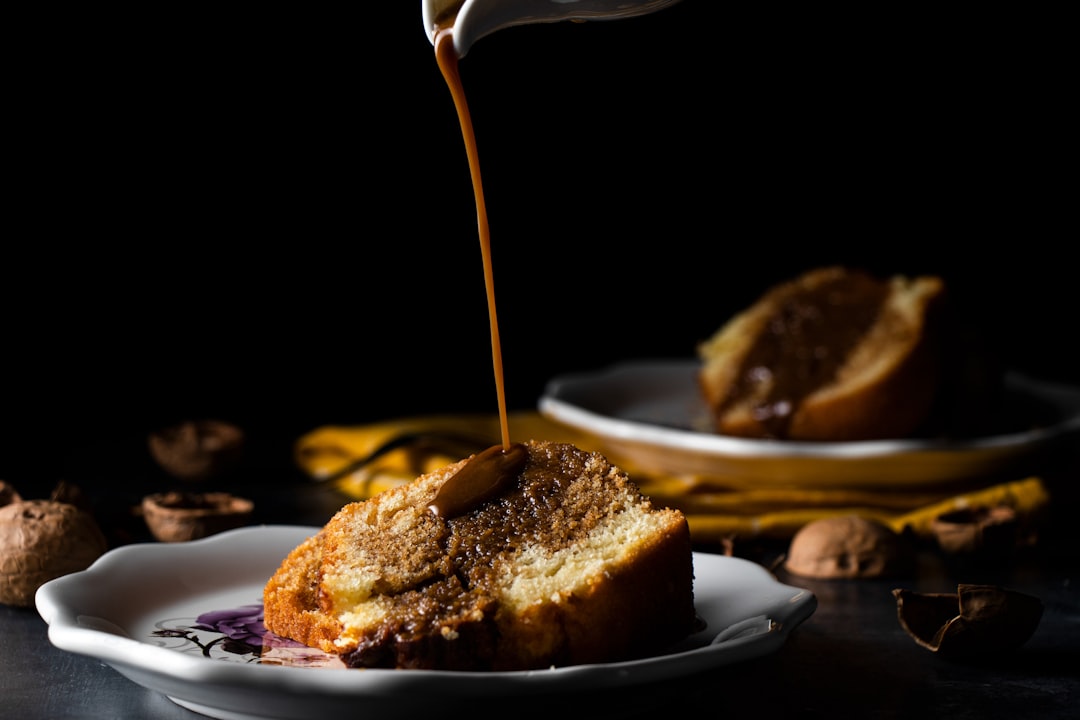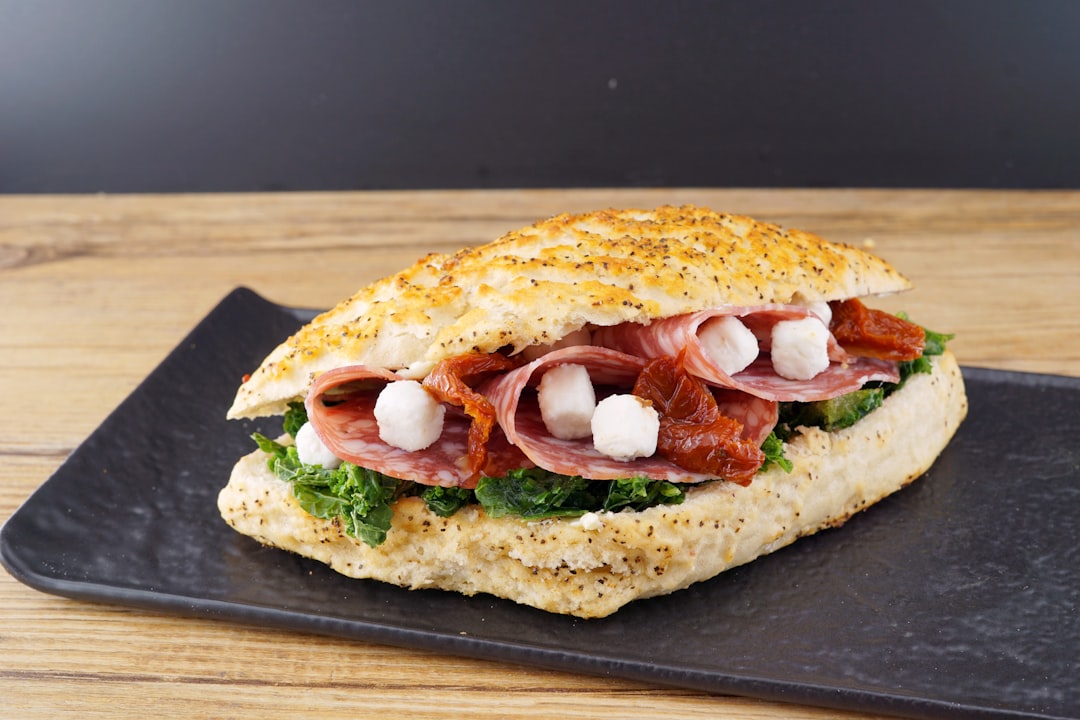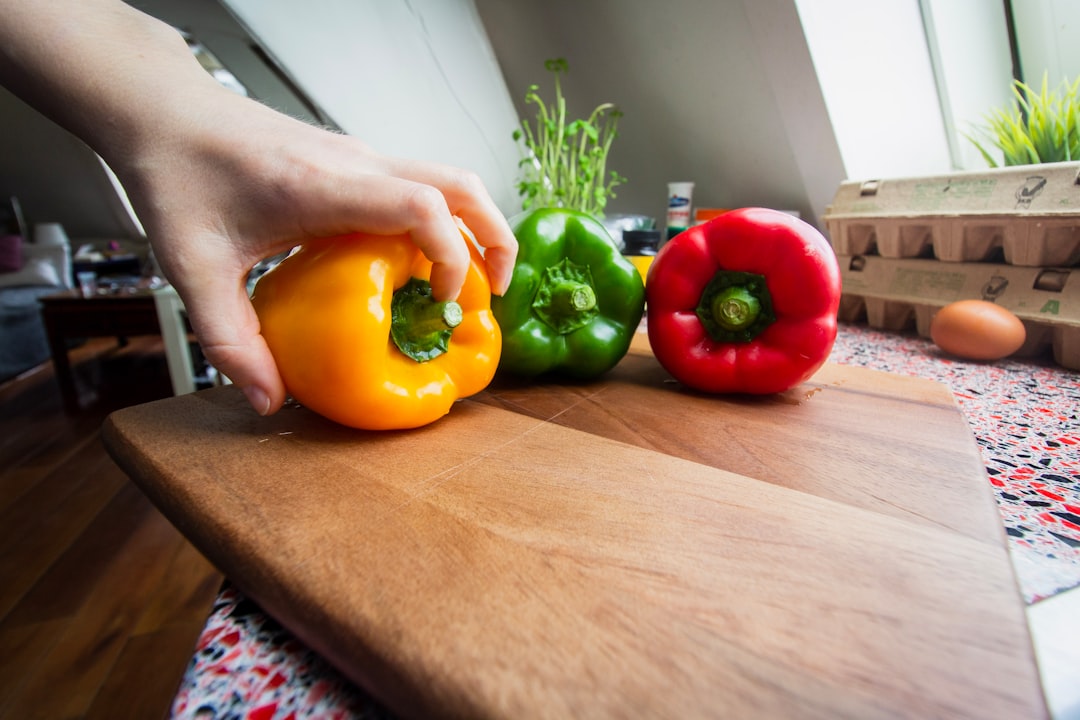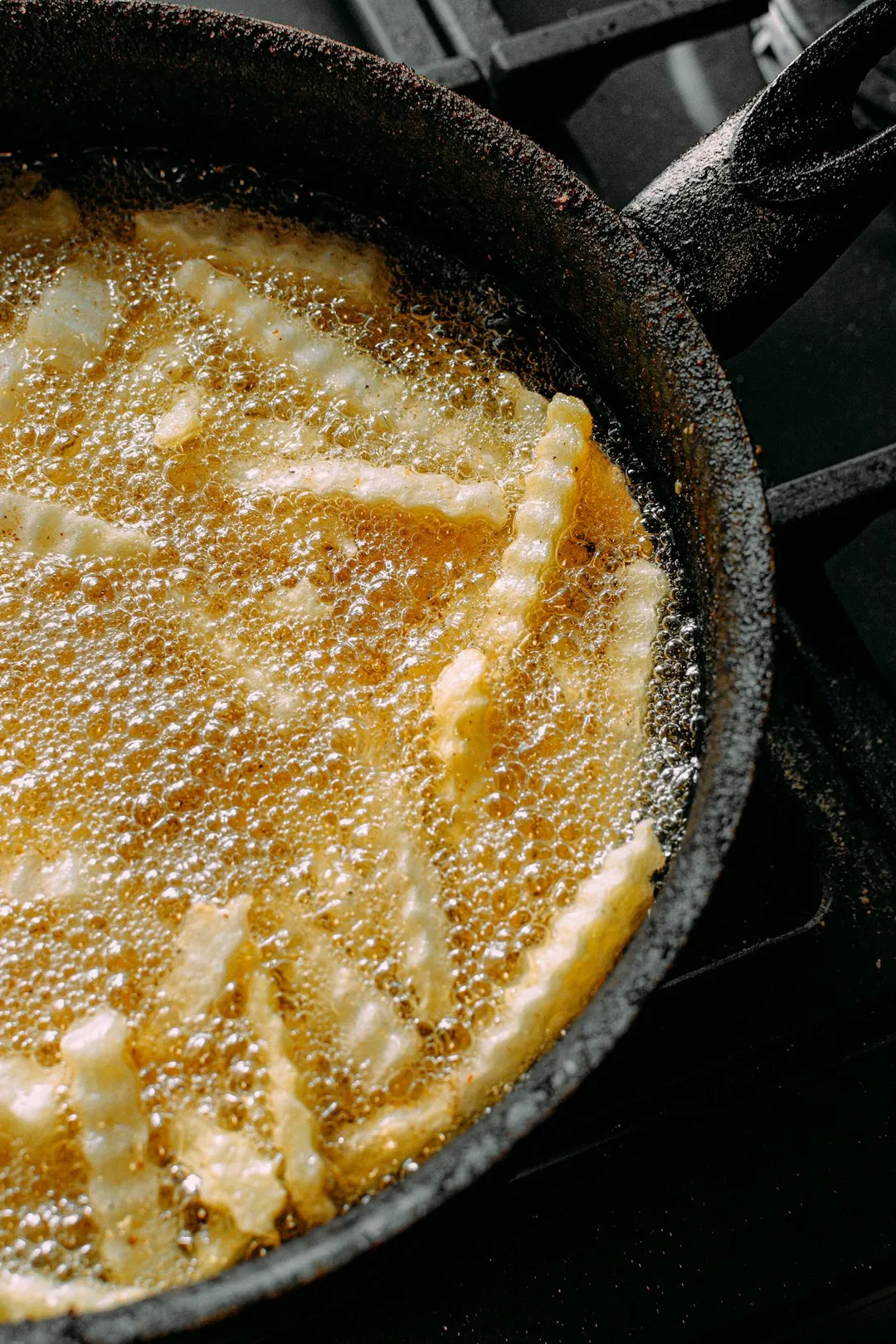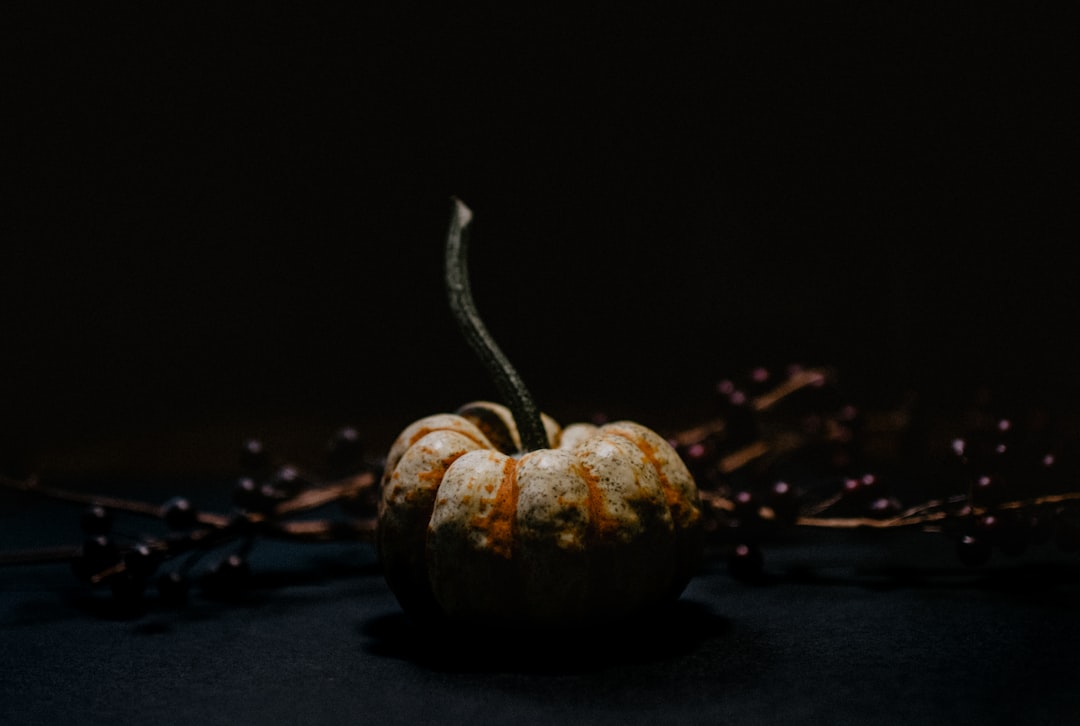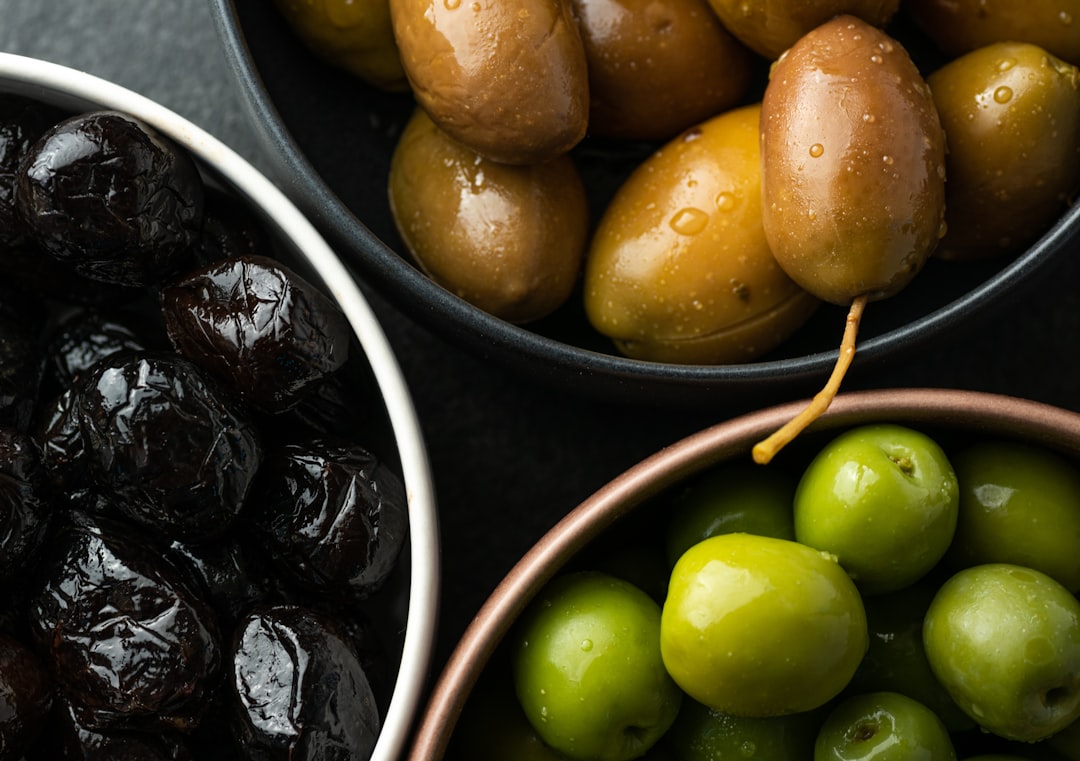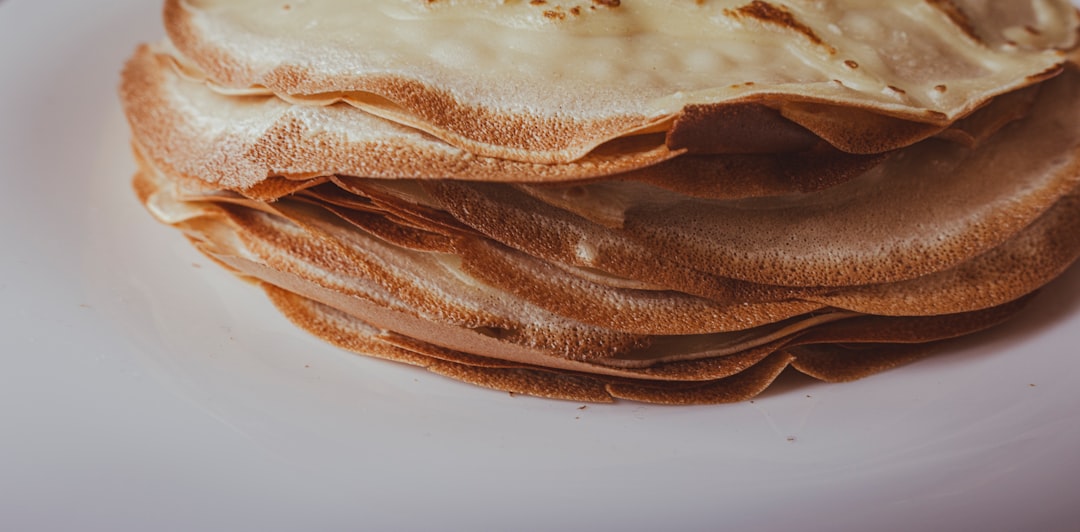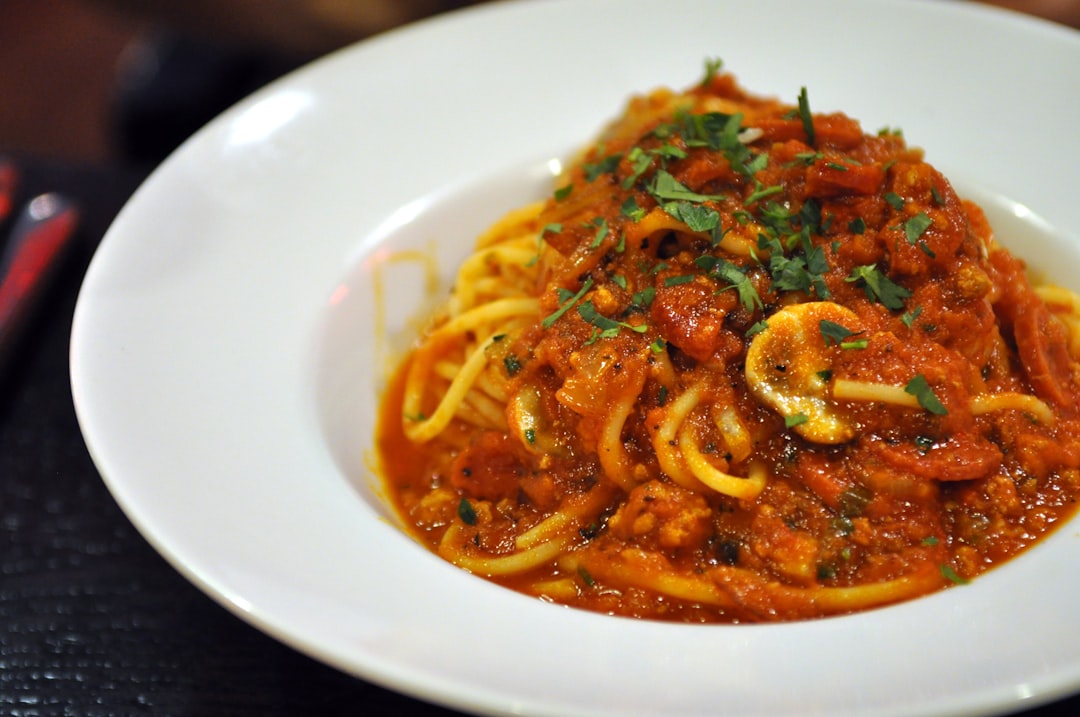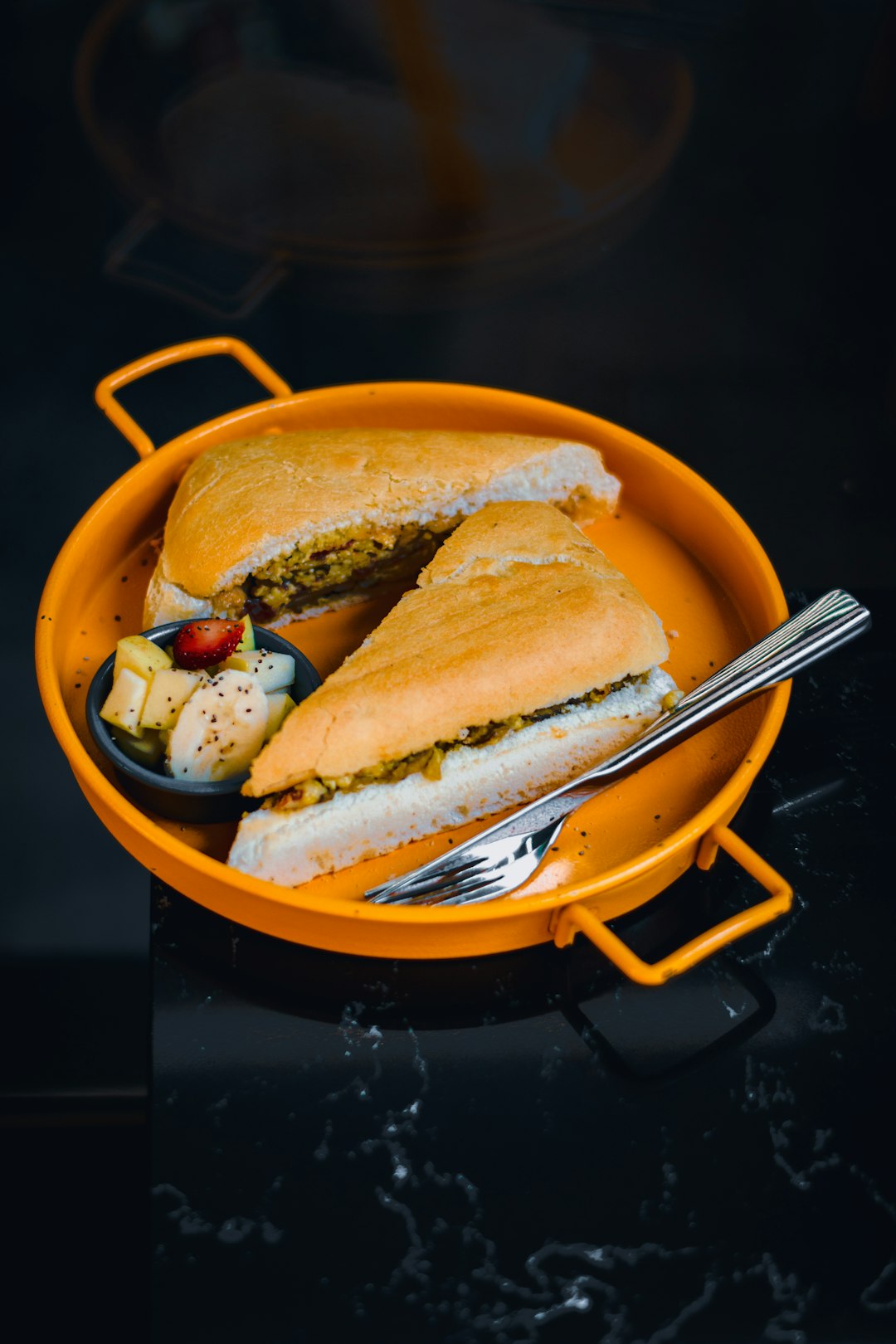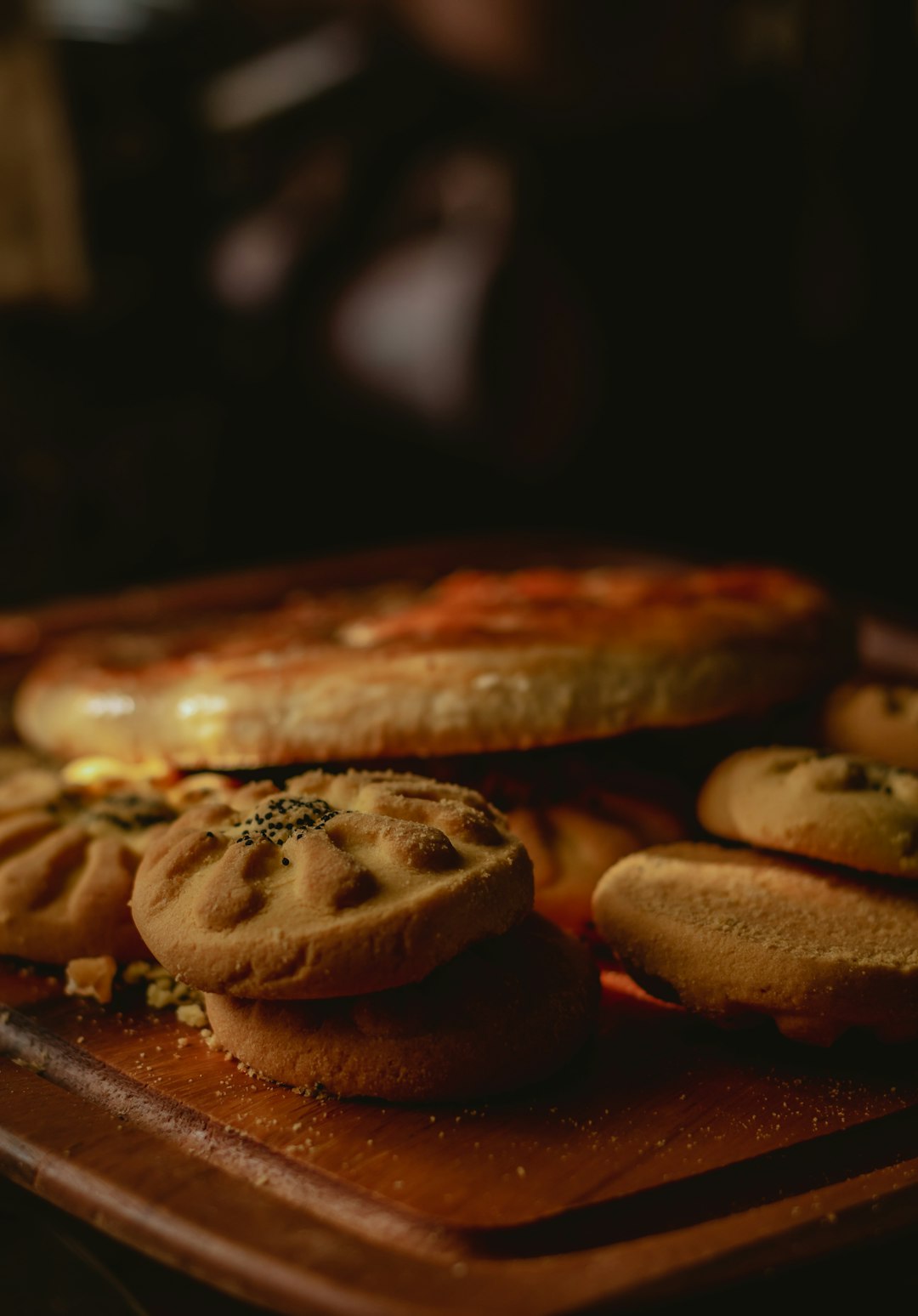
Halloween is a time of spooky fun and, of course, delicious candy. Over the past 100 years, a plethora of iconic candies have graced the Halloween scene, each with its own unique story and flavor. Let's take a journey through time and explore the best candy invented in each decade.
In the 1920s, the world was introduced to a classic that would become a staple of Halloween. The Goo Goo Cluster, created in 1912 but gaining widespread popularity in the 1920s, was the first candy bar to combine multiple elements - milk chocolate, caramel, marshmallow nougat, and peanuts. This innovative combination set the stage for future candy creations.
The 1930s saw the birth of another beloved treat, the Snickers bar. Introduced in 1930 by Mars, Incorporated, Snickers was named after the Mars family's favorite horse. With its blend of nougat, caramel, peanuts, and milk chocolate, Snickers quickly became a hit and remains one of the most popular candy bars today.
As we move into the 1940s, rationing during World War II affected the candy industry. However, one candy managed to make its mark during this challenging time. M&M's were first introduced in 1941 as a way to provide soldiers with a portable, non-melting chocolate treat. The hard shell coating kept the chocolate from melting in warm temperatures, making it perfect for military use. After the war, M&M's became available to the general public and have since become a household name.
The 1950s were a decade of innovation in the candy world. In 1950, Reese's Peanut Butter Cups were introduced by H.B. Reese. The combination of smooth peanut butter and rich chocolate was an instant success. Reese's Peanut Butter Cups are now one of the top-selling candy brands in the United States and are a must-have for Halloween.
The 1960s brought us another colorful and fun candy - Nerds. Created by the Sunmark Corporation in 1967, Nerds are small, bite-sized candies with a hard outer shell and a chewy interior. They come in a variety of flavors and colors, making them a favorite among kids and adults alike.
In the 1970s, the candy industry continued to evolve. In 1976, the Milky Way Midnight was introduced. This dark chocolate version of the classic Milky Way bar offered a more intense chocolate flavor. It was a hit with chocolate lovers and added a new option to the Halloween candy lineup.
The 1980s were a time of new trends in candy. Skittles, which were first introduced in the United Kingdom in 1974, made their way to the United States in 1982. These small, fruit-flavored candies with a hard outer shell and a chewy interior quickly became popular. Their slogan, "Taste the Rainbow," captured the imagination of consumers and made Skittles a staple of Halloween.
The 1990s saw the rise of sour candies. Warheads, introduced in 1993, are known for their extremely sour flavor. They come in a variety of fruit flavors and are a favorite among those who enjoy a little bit of a sour kick in their candy.
As we entered the 2000s, the candy industry continued to innovate. In 2004, the Hershey's Cookies 'n' Creme bar was introduced. This bar combined the classic taste of Hershey's chocolate with chunks of chocolate sandwich cookies. It was a hit with cookie and chocolate lovers and added a new twist to the Halloween candy selection.
In conclusion, the past 100 years have seen the creation of many iconic Halloween candies. From the classic Goo Goo Cluster to the modern Hershey's Cookies 'n' Creme bar, each decade has brought something new and exciting to the world of candy. Whether you're a fan of chocolate, fruit, or sour candies, there's a Halloween treat out there for everyone. So, this Halloween, take a moment to enjoy the delicious history of these sweet treats.
